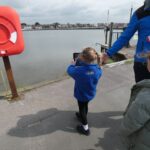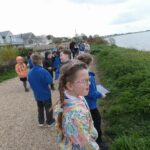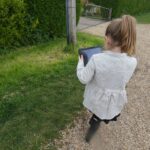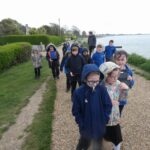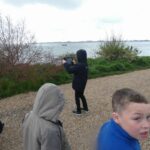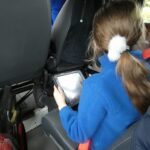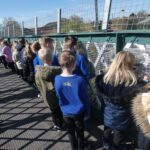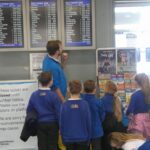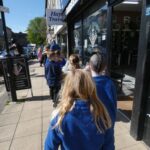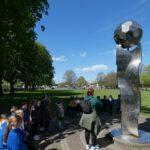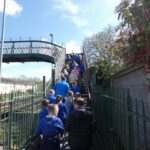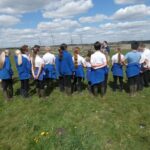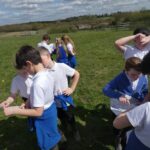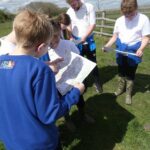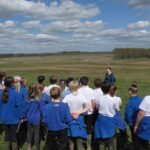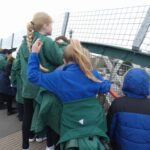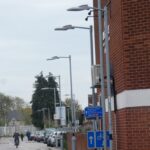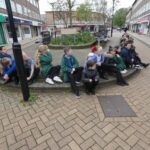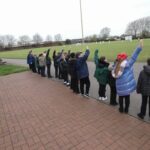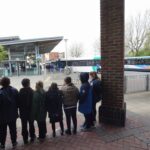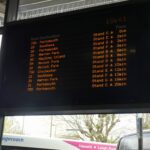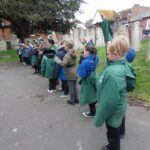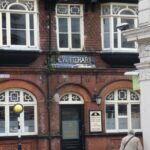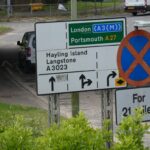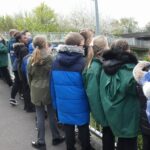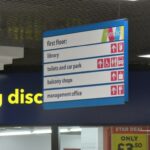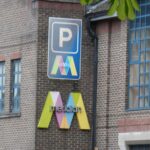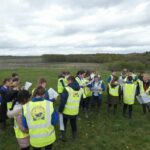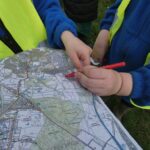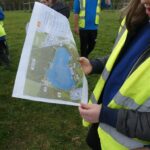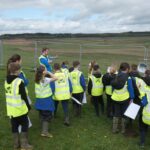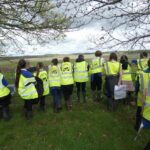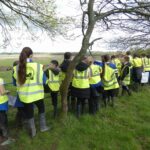This Summer Term is the opportunity for the other class to experience the geography field trip that their fellow class went on in the Spring Term We wanted the children to become ‘Geography Detectives’. They made a prediction first, then using their geography skills will investigate their statements.
Years 1 and 2 investigated the statement: ‘All beaches are the same’. In this session the children discussed and recorded their knowledge about beaches. They then made a prediction on whether they agree or disagree that all beaches are the same. Using a map, they learnt about the oceans of the world.
Can you give 3 features of a beach?
What is a physical feature?
What are the oceans of the world?
Do you agree or disagree that all beaches are the same? Give reasons for your decision.
The children went on a study trip to Emsworth beach. While walking along the shore their focus was to look at the geography of the landscape for geographical features. They then needed to record if the feature was human or physical.
What human features did you see?
What physical features did you see?
Why is a boat NOT a human feature?
Why were the stones on the footpath NOT a physical feature?
Years 3 and 4 investigated the statement: ‘Is Portsmouth the gateway to the world?’. In this session the children discussed and recorded what they knew about Portsmouth and Havant. They learnt about settlements from hamlets to cities.
Using a map of our local area the children used their prior knowledge to find given places. They looked at symbols, roads and facilities.
What is a hamlet?
How would you locate a train station on a map?
What is the difference between a physical characteristic and a human characteristic?
Can you give examples of both?
What would you not find in a settlement, hamlet, school or park?
Do you agree or disagree that Portsmouth is the gateway to the world? Give reasons for your answer.
The children then went on their field study. Starting at the railway station the children walked through the town. Using photos from last year they made comparisons to the changes in the physical and human geographical features.
What changes did you see?
Can you name 3 other forms of transport?
What are the names of the streets at the crossroads in Havant town?
How could you get to London from Havant?
Years 5 and 6 investigated the statement: ‘Are all rivers and water sources the same?’. In this session the children used their study folders to record what they already knew about rivers and how they travel. We warmed up our geography skills by recording their knowledge of where we are in the world by listing our neighbouring countries. We then went on to look at the features of rivers and investigated the river Tees
Who are our neighbouring countries?
Can you name the oceans?
What is our nearest river called?
Where is the nearest river?
The children then went on their field study. Using a combination of: future plans for the Havant reservoir, OS maps and photos from last year we looked at the reservoir site. We saw the work that has happened over the last year and discussed why we needed the reservoir.
Which river do we get our water from at the moment?
Why do we need a reservoir?
Where does the water come from and where is it going?
What changes could you see?
What environmental effects, could removing too much water from our rivers have?
How do you think the site will impact on the local community and environment?


